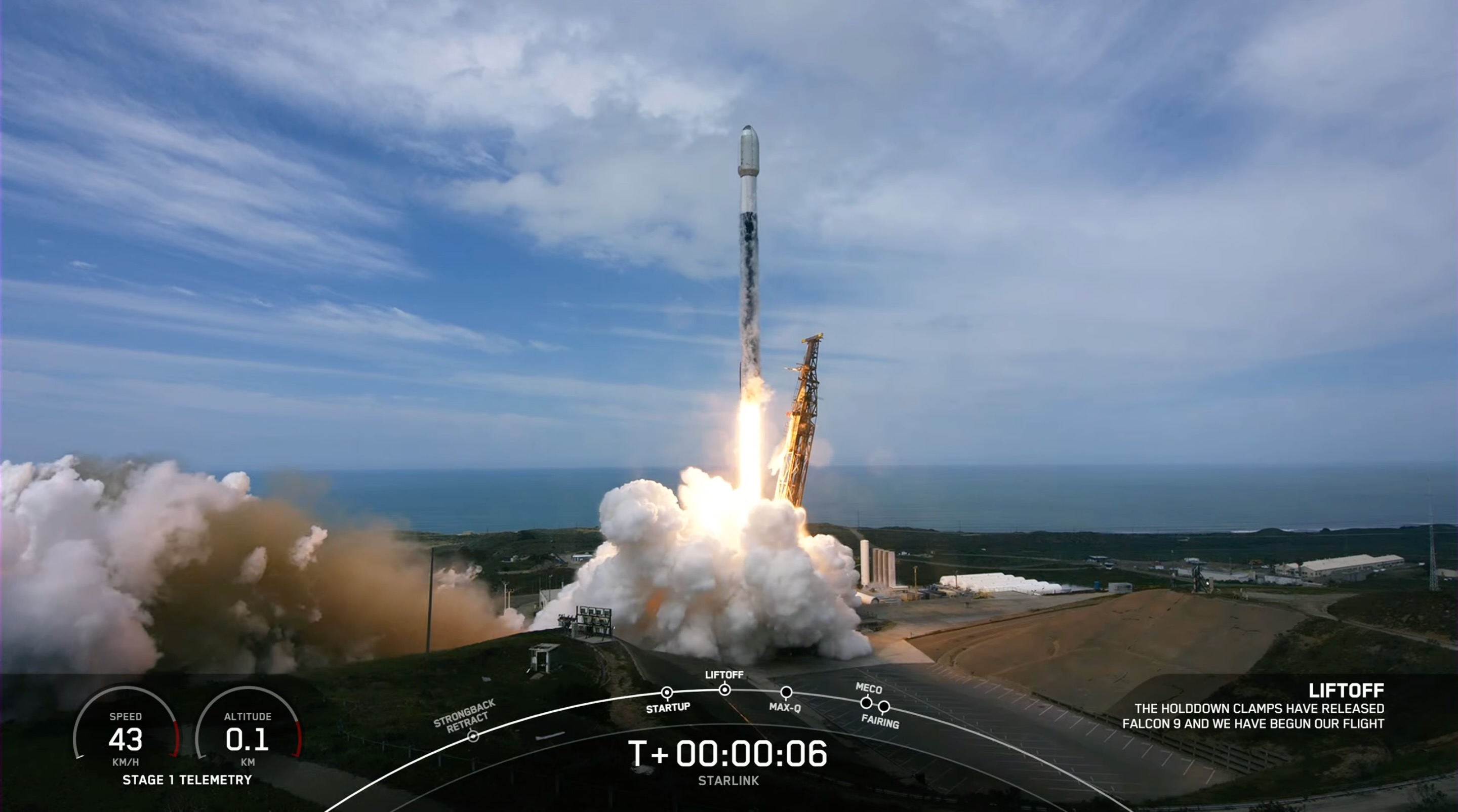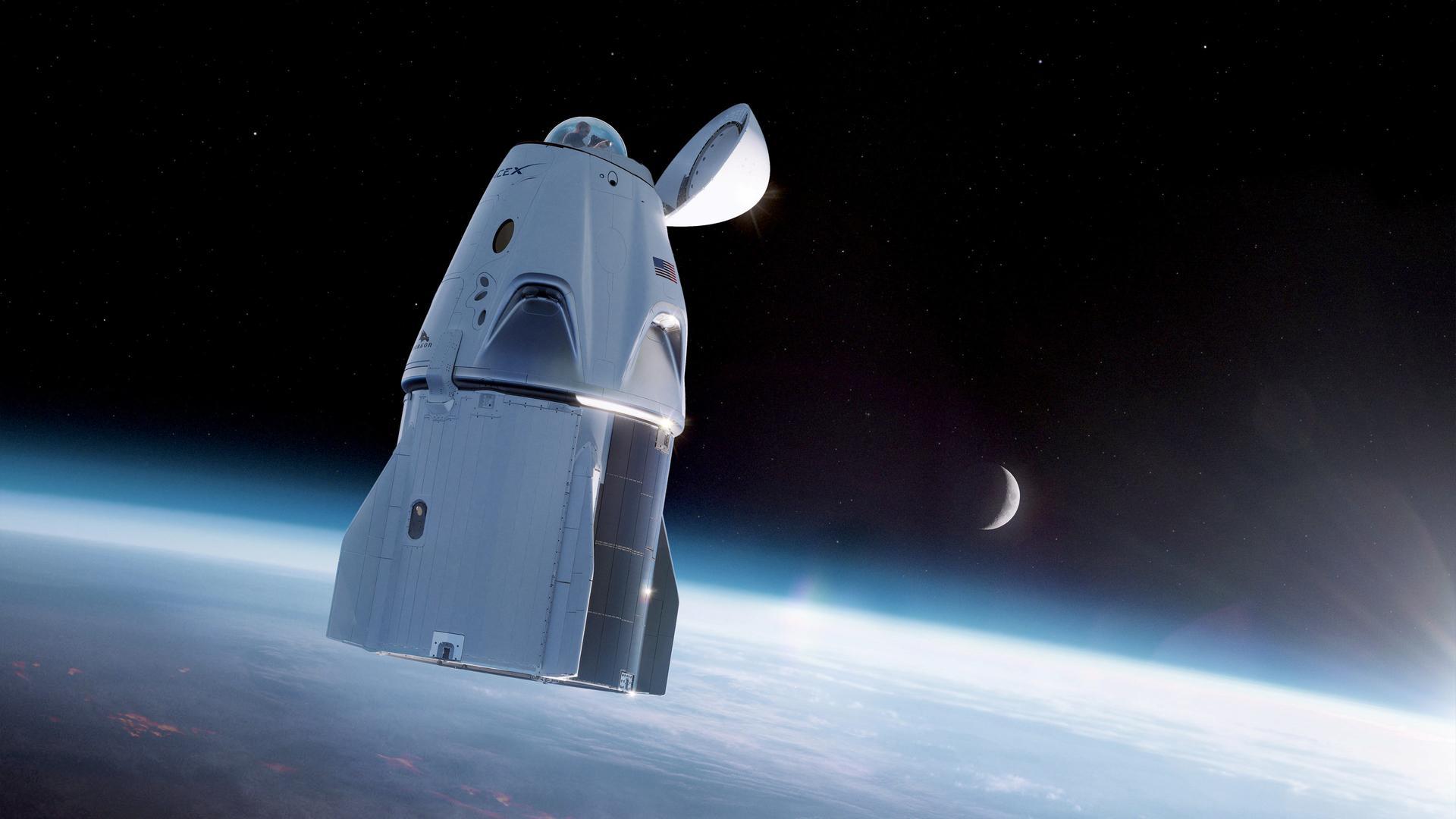
Introduction
In this auspicious occasion, we are delighted to delve into the intriguing topic related to SpaceX: Launching the Future of Space Exploration. Let’s weave interesting information and offer fresh perspectives to the readers.
Table of Content
- 1 Introduction
- 2 A Visionary’s Dream: Elon Musk and the Birth of SpaceX
- 3 Reusable Rockets: A Game Changer in Space Technology
- 3.1 The Falcon 9 and the Economics of Space Travel
- 3.2 Falcon Heavy: A Monument to Engineering Prowess
- 4 Beyond Rockets: SpaceX’s Expanding Horizons
- 4.3 Starlink: Bringing Internet to the World
- 4.4 Starship: The Next Giant Leap for Mankind
- 5 Challenges and Criticisms: Navigating the Complexities of Space
- 5.5 Environmental Concerns: The Impact of Rocket Launches
- 5.6 Competition and the Future of the Space Industry
- 6 The Future of Space Exploration: A Multi-Planetary Civilization
- 6.7 Colonizing Mars: A Long-Term Vision
- 6.8 The Role of Private Enterprise: A New Era of Space Exploration
- 7 Conclusion
- 8 FAQs
- 9 Closure
SpaceX: Launching the Future of Space Exploration
A Visionary’s Dream: Elon Musk and the Birth of SpaceX
Remember the heady days of the early 2000s? The internet was booming, iPods were the hottest gadget, and the space race felt… well, over. NASA was still doing amazing things, but the sheer audacity, the almost reckless ambition of private space exploration felt like a distant science fiction dream. Then came Elon Musk, a man who seemingly dared to dream bigger than anyone else. His vision: to make humanity a multi-planetary species, starting with Mars. That audacious vision birthed SpaceX, a company that would not only challenge the established players but fundamentally redefine the landscape of space exploration. It wasn’t just about sending rockets into space; it was about creating a sustainable, reusable, and cost-effective system that could make space travel accessible to a much wider audience. Think of it like this: the Wright brothers’ first flight versus the modern Boeing 747. That’s the kind of transformation SpaceX aimed for – a revolution, not just an evolution. This wasn’t about government contracts and massive budgets; it was about disruptive innovation, about proving that the private sector could lead the charge in reaching for the stars. And boy, did they prove it. They started with small, incremental steps, learning from each failure, refining their technology, and steadily building towards their ambitious goals. Their early missions were crucial in gathering data, testing systems, and ultimately, paving the way for the incredible feats we see today. It’s a testament to their relentless pursuit of innovation and their willingness to take risks, a risk that paid off handsomely.
Reusable Rockets: A Game Changer in Space Technology
The Falcon 9 and the Economics of Space Travel
One of SpaceX’s most groundbreaking achievements has been the development and implementation of reusable rockets. Before SpaceX, rockets were essentially one-use, disposable behemoths. Imagine building a plane that you only used once before discarding it – incredibly wasteful, right? That’s exactly what the space industry was doing for decades. SpaceX changed this paradigm with the Falcon 9, a rocket designed for vertical landing and reuse. This dramatically reduced the cost of space launches, opening up previously unimaginable possibilities. The economic impact is profound. Lower launch costs mean more frequent launches, more scientific research, more commercial opportunities, and ultimately, a faster pace of innovation in the space industry. It’s not just about cost savings; it’s about making space travel sustainable and accessible. Think of it as the difference between a horse-drawn carriage and a high-speed train. Reusable rockets are the high-speed train of space travel, allowing us to travel further, faster, and more efficiently.
Falcon Heavy: A Monument to Engineering Prowess
Building upon the success of the Falcon 9, SpaceX developed the Falcon Heavy, one of the most powerful operational rockets in the world. This behemoth is capable of carrying an astounding payload into orbit, opening up new avenues for exploration and commercial endeavors. The sheer scale of the Falcon Heavy is awe-inspiring, and its successful launches are testaments to SpaceX’s engineering expertise. It represents a significant leap forward in our ability to transport large quantities of cargo and equipment into space, paving the way for ambitious projects like establishing a permanent presence on the Moon or even Mars. Imagine the possibilities: large-scale space stations, lunar bases, and even interstellar probes, all made possible by the capabilities of the Falcon Heavy. It’s a symbol of human ingenuity and our relentless drive to explore the unknown.
Beyond Rockets: SpaceX’s Expanding Horizons
Starlink: Bringing Internet to the World
SpaceX isn’t just focused on rockets; they’re building a constellation of satellites called Starlink, aiming to provide high-speed internet access to underserved areas around the globe. This project is not only ambitious but also has the potential to transform global communication, bridging the digital divide and connecting billions of people. The sheer scale of the undertaking is staggering, but the potential benefits are immeasurable. Imagine a world where everyone, regardless of their location, has access to the internet – a world of enhanced education, improved healthcare, and increased economic opportunities. Starlink is more than just an internet provider; it’s a catalyst for global connectivity and development. It’s a testament to SpaceX’s commitment to using space technology to solve real-world problems and improve lives on Earth.
Starship: The Next Giant Leap for Mankind
SpaceX’s Starship program represents a bold vision for the future of space travel. This fully reusable spacecraft is designed to transport humans and cargo to the Moon, Mars, and beyond. It’s a massive undertaking, pushing the boundaries of engineering and technology. Starship is not just another rocket; it’s a system designed for interplanetary travel, a crucial step towards establishing a permanent human presence on Mars. Think of it as the Apollo program on steroids, a testament to our unwavering ambition to explore the cosmos. It’s a project that embodies the spirit of exploration, the relentless pursuit of knowledge, and the unwavering belief in the potential of humanity to reach for the stars. It’s a project that will define the next chapter in human space exploration.
Challenges and Criticisms: Navigating the Complexities of Space
Environmental Concerns: The Impact of Rocket Launches
The increasing frequency of space launches raises environmental concerns, particularly regarding the impact of rocket exhaust on the atmosphere. SpaceX is actively working on mitigating these concerns through the development of more environmentally friendly propellants and launch techniques. It’s a crucial aspect of responsible space exploration, and addressing these concerns is vital for ensuring the long-term sustainability of the industry. We need to ensure that our pursuit of space exploration doesn’t come at the expense of our planet. Finding a balance between progress and environmental responsibility is paramount. It’s a challenge that requires collaboration between industry, government, and the scientific community.

Competition and the Future of the Space Industry
SpaceX is not alone in the race to conquer space. Other private companies and government agencies are also making significant strides in space exploration. This competition is driving innovation and pushing the boundaries of what’s possible. It’s a healthy dynamic that benefits the entire industry, leading to faster advancements and more affordable access to space. The future of space exploration is likely to be one of collaboration and competition, pushing us further into the cosmos. It’s a race not just to reach for the stars, but to improve the lives of people here on Earth.
The Future of Space Exploration: A Multi-Planetary Civilization
Colonizing Mars: A Long-Term Vision
SpaceX’s ultimate goal is to establish a self-sustaining human colony on Mars. This is a long-term vision, requiring significant technological advancements and international cooperation. The challenges are immense, but the potential rewards are even greater. Establishing a human presence on Mars would represent a monumental achievement for humanity, opening up new frontiers for exploration and scientific discovery. It’s a vision that inspires us to push the boundaries of what’s possible, to reach for the stars and expand the horizons of human civilization. It’s a vision that reminds us that the human spirit is capable of incredible things.
The Role of Private Enterprise: A New Era of Space Exploration
SpaceX’s success demonstrates the significant role that private enterprise can play in space exploration. By fostering innovation and competition, private companies are driving down costs and accelerating the pace of technological advancement. This partnership between the public and private sectors is crucial for achieving ambitious goals in space. It’s a new era of space exploration, one characterized by collaboration, innovation, and a shared vision for the future. It’s a testament to the power of human ingenuity and the boundless potential of the human spirit.
Conclusion
SpaceX, under Elon Musk’s visionary leadership, has revolutionized the space industry. From reusable rockets to ambitious plans for Mars colonization, SpaceX has consistently pushed the boundaries of what’s possible. Their achievements are not just technological marvels; they represent a fundamental shift in how we approach space exploration, making it more accessible, affordable, and sustainable. The future of space exploration is bright, and SpaceX is at the forefront, leading the charge into a new era of discovery and innovation.
The journey to Mars and beyond is a marathon, not a sprint. There will be setbacks, challenges, and unexpected hurdles. But with the ingenuity and determination demonstrated by SpaceX, the future of human space exploration looks incredibly promising. The possibilities are limitless, and the journey is only just beginning. We are witnessing the dawn of a new space age, one where the limitations are not imposed by technology or budget, but by our own imagination and ambition. Let’s embrace this new era with curiosity, collaboration, and a shared commitment to unlocking the mysteries of the universe.
FAQs
- What makes SpaceX’s rockets reusable? SpaceX uses a combination of advanced materials, sophisticated guidance systems, and powerful engines to enable its rockets to land vertically after launch, significantly reducing costs.
- How does Starlink provide internet access? Starlink utilizes a vast network of low-Earth orbit satellites to beam high-speed internet down to ground stations, reaching even remote areas.
- What is the timeline for a Mars colony? SpaceX’s Mars colonization plans are ambitious and long-term, with estimates ranging from decades to a century, depending on technological advancements and funding.
- What are the environmental concerns associated with SpaceX’s activities? The main concern is the impact of rocket exhaust on the atmosphere. SpaceX is researching and developing more environmentally friendly propellants and launch techniques.
- How does SpaceX compete with other space companies? SpaceX competes through innovation, cost-effectiveness, and ambitious goals, driving advancements in the entire space industry.

Closure
In conclusion, we hope this article has provided valuable insights into SpaceX: Launching the Future of Space Exploration. We appreciate your readership and engagement. See you in our next article!
